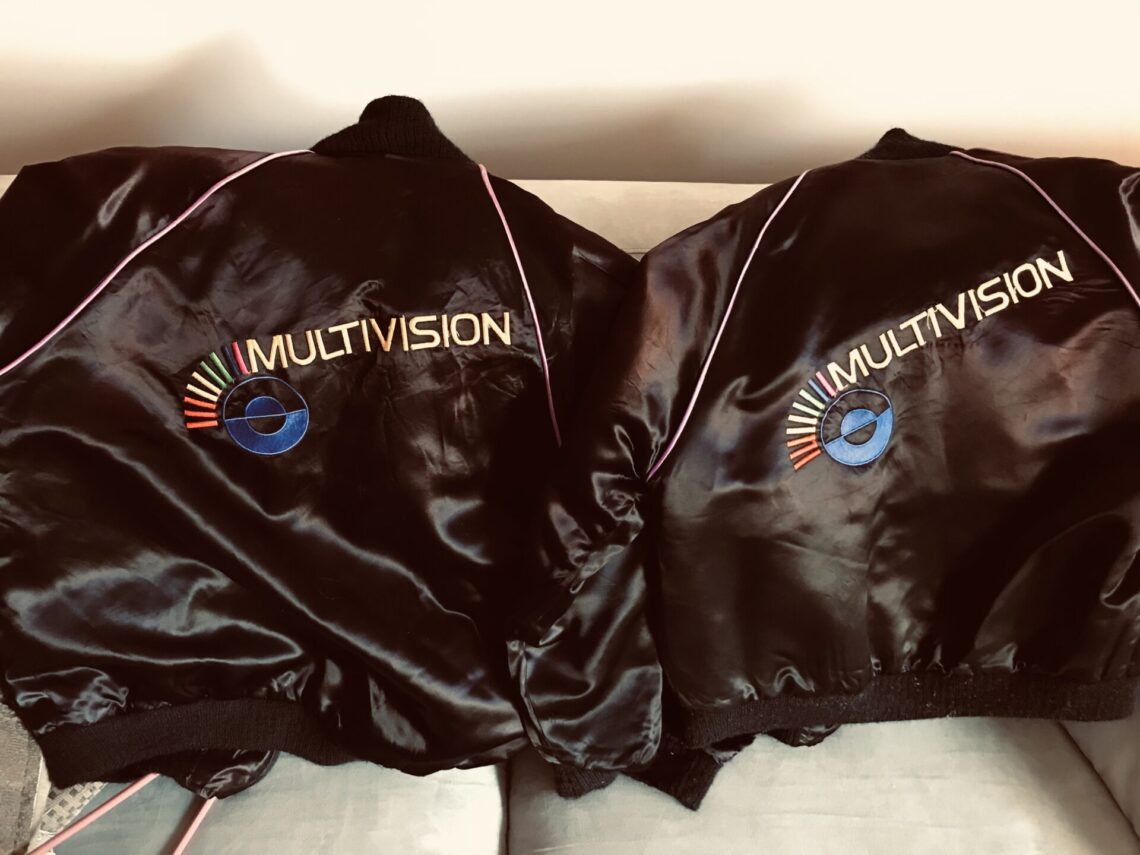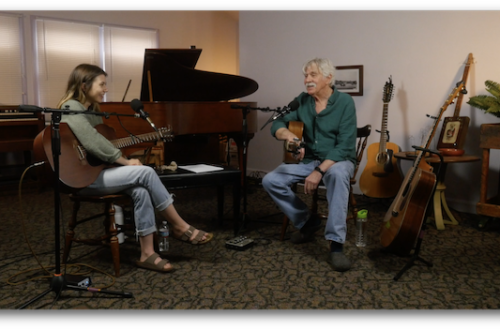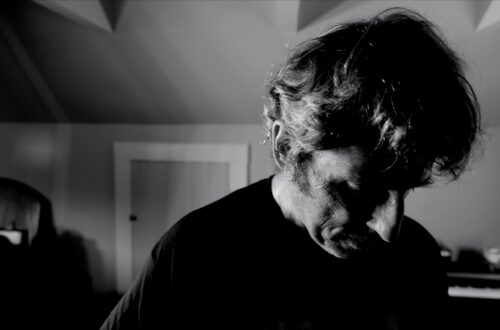
THE MORE THINGS CHANGE, THE MORE THEY STAY THE SAME
I want to start somewhere in the middle. 1984 at Multivision 34 years old. The people I met there are still my friends today 40 years later AND I met Ruthie there and we got married. It seems as though that is the fulcrum point.
In 1984 there were no personal computers, no cell phones, no email but Multivision had a CMX 340 computer aided editing system. The edit suite was an A/B roll room meaning there were two source machines, the A and the B, and a third machine to record on. When I got there the machines were BVU-200’s but that would change very soon.
I have to back up. Prior to1984 I was living in upstate New York. I had been interested in 35mm photography, I had a darkroom to develop my own photos. I loved photography. In 1979 I took out a $1400 loan and bought a Panasonic video camera and a portable VHS deck to record on and started recording everything in sight. I got a job at Bearsville Studios repairing their 200 watt Phase Linear amplifiers and soldering microphone cables. My sister was living in Boston and introduced me to a real estate developer that wanted a video made to promote a shopping center he wanted to build in Framingham so I moved to Boston and made my first commercial video. He had purchased two 3/4 inch tape decks and a SONY RM-440 edit controller and a portable 3/4 recorder that I was able to attach my Panasonic camera to and I was off. He gave me the keys to his van and went away for a month and when he came back he had a video that helped him secure the financing for the Apple Hill Shopping Center in Framingham.
Having moved from Stone Ridge, NY to Canton, MA I needed full time employment and started calling production houses in Boston and when I called Multivision the owner, Donald O’Sullivan answered the phone and I got an interview. They hired me because I had electronic experience in the Navy and maybe I could help repair the tape machines as well as learn to edit.
The edit room was a thing of beauty. It had been crafted by a boat builder and all the edges were rounded and made of oak. There was an equipment room that held the mainframe computer, the 8” floppy drive and the paper punch tape reader. Paper punch tape was an advancement from the IBM cards. In the edit room were the 3/4” machines I had mentioned before, a computer screen and keyboard, a 12 channel Tascam audio mixing console, racks with Intelligent interfaces that connected the computer to the tape machines, Time Base Correctors for the video, sync generators, black burst generators and patch panels to route the video signals, a large color reference monitor, many small black and white monitors for the tape machines, a Chyron character generator. There was a lot of stuff and it was all very new. The room was operated by Dan McCabe who was the principal editor and then there was me. In addition there were two camera crews and sound men. The two owners of Multivision were the cameramen and Dan’s sister Kat ran the scheduling and Barbara did the finances.
I have to resist the temptation to describe all the equipment. We had a lot of fun too. We’d shoot rock n roll in an alley in Worcester, we shot an interview with Robert Plant, we shot a Barbara Walters special for ABC on Martha’s Vineyard at Walter Cronkite’s house. He read “‘Twas the Night Before Christmas” and I held Barbara’s hand as she got on Walter’s sailboat. I sat in a tiny HOT mobile production van and recorded the three cameras we used to shoot the interview. Threading a 1” tape machine in a cramped space while the ABC director was shouting in the headset to hurry up is a thrill few people have had the pleasure to experience. In between those things I was trying to learn how to run the edit room with all that gear. I sat on the beach on July 4th reading the CMX manual and discovered something that made me hop in the car and drive to Multivision to check it out.
Soon SONY came out with the BVH-2000 a 1” video tape machine that is a true marvel and with it came the BVU-800 series of 3/4” machines. Multivision had one of the only 3/4 to 1” A/B roll rooms around. Then were got NEC E-Flex digital effects box and a new character generator. There was more to learn. It took me about a year to feel comfortable running the room. It was busy. I worked many 7 day weeks and 16 hour days. I was getting a little burned out. Then it was January 26, 1986 and the Challenger exploded. The team from PBS McNeil Lehrer was going to interview the family of Christa McAuliffe and hired a Multivision camera crew to shoot it. I mentioned to my friend and fellow editor Dave Allen that I sure would like to work “there” meaning WGBH and he said that he had an interview set up for himself but that if I wanted it he’d call and I could go instead. I was more than happy to take him up on that offer.
Now in 1986 after having spent 2 1/2 years at Multivision I didn’t look exactly like the people who worked at WGBH. I had hair to my shoulders, beat up old jeans, cowboy boots and a black leather jacket. That’s what I wore to my interview. They hired me on the spot and I started a week later.
WGBH will be another story for a later date. I spent 24 years there and 22 of them were good. The last 2, not so good.
Although this story is historical and doesn’t get into the pit falls of production I hope you find it interesting. I jumped over a lot. There are many memories of struggling with the equipment and sometimes the clients. But that is the old stuff. Some things stay the same even though the equipment changes. In future Blogs I’ll discuss current things I run into in the process of shooting video and editing what I shoot and also what other people shoot.




4 Comments
Alan Hezekiah
Although much of the equipment mentioned, except for Panasonic & VHS, was unfamiliar, I enjoyed the story of the beginning of your photographic journey. 👍🏾
Joel Olicker
Mark,
You’re a very good writer. So many memories.
Lynn Scornavacca
Well done! I look forward to the next installment!
Crow Johnson Evans
Delightful to learn about your journey. Bearsville jumped out at me since I was a kid living in the Maverick House in 1948. My dad was on sabbatical to write classical music. That year has stayed with me as comfort and inspiration. You remain an inspiration to this Ozark resident.